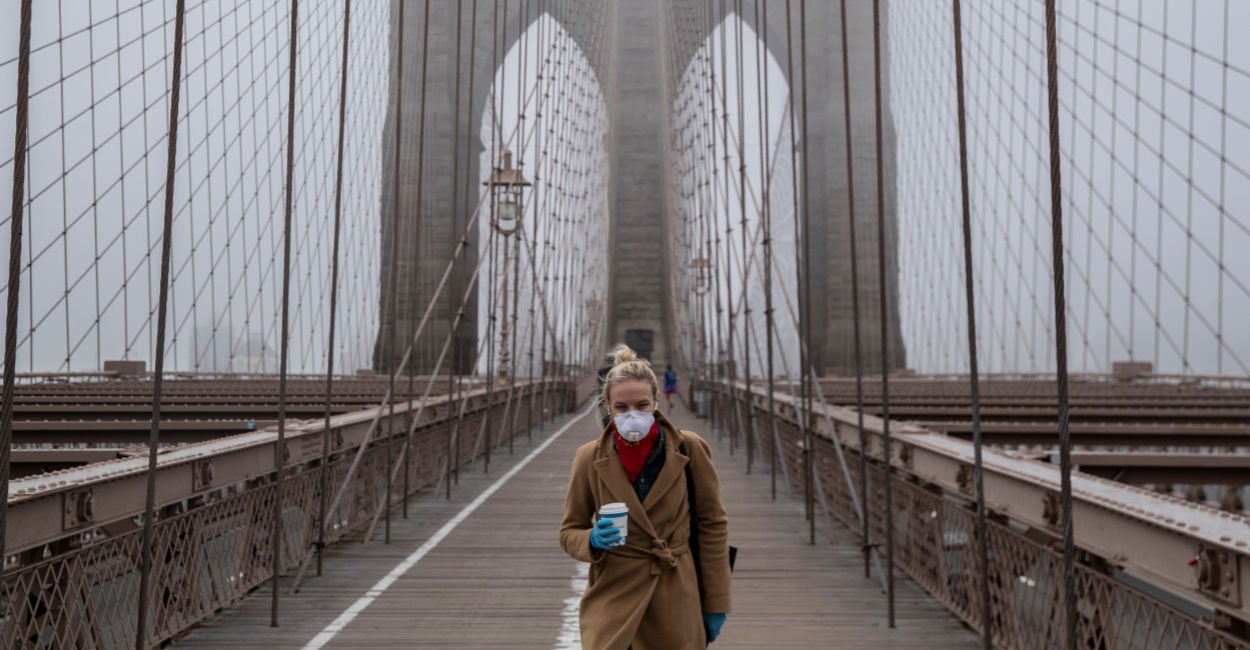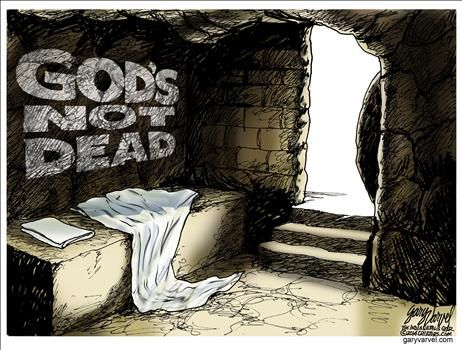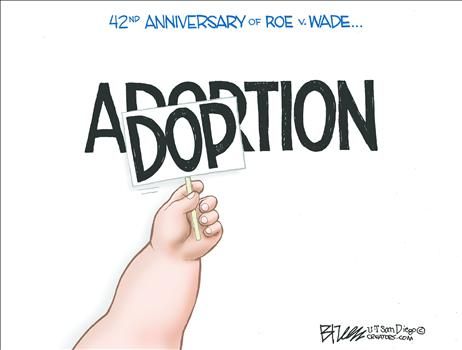Americans can’t wait for the restrictions on their movements and interactions—widely known as social distancing—to end. That’s completely understandable. The coronavirus crisis has widely disrupted modern life. But as we learned Sunday, the Trump administration’s commonsense “stop the spread” increased mitigation strategy is with us for a while—at least till the end of April. Based on the challenges we’re facing, this is a prudent decision.
While a firm date for the end of this biological battle in the United States is just unknowable at this point, it’s reasonable to ask: How will we know when we’re seeing some light at the end of the social distancing tunnel? Here are some of the things we would want to see:
1. Numbers: Any decision to loosen social distancing restrictions has to be based on data, not emotion. For instance, a locality, state or region must see its confirmed COVID-19 case numbers decrease over a two week period (to account for the disease incubation period) before considering mitigation modifications. Similar dips in hospitalization and death rates, as well as improved recovery rates, would also be a welcome sign. In addition, experts must develop a comprehensive nationwide reporting system so that the data can be comprehensively collected, collated, analyzed, and shared.
2. Testing: A robust diagnostic test architecture must be in place across the country. Optimally, testing should include not only testing for COVID-19—the disease derived from the SARS-CoV-2 virus— but also for the presence of possible immunity through serological antibody testing in people who may have self-resolved the illness. Moreover, we need to have widely available testing with quick turnarounds, so that we have the data sooner to make the most efficient and effective public policy decisions in this dynamic situation.
3. Health Care System: Our health care system is under significant stress and strain—not to mention the immeasurable pressure on our intrepid doctors, nurses and medical staff, who are on the front lines working tirelessly to protect and heal us. We have to get to a place where the health care system is no longer at risk of being overwhelmed, meaning it must have the necessary personal protective equipment to keep the medical staff healthy and enough ventilators for those in respiratory distress. Taking care of our health care system means rebuilding the Strategic National Stockpile, which can be immediately dispatched to a COVID-19 hot spot if local supplies are on the verge of being exhausted.
4. Medicine: There is not yet a vaccine for this new coronavirus, SARS-CoV-2, and no proven therapeutics or anti-virals. However, the Food and Drug Administration has authorized the use of some treatments, such as hydroxychloroquine and chloroquine, under an emergency use authorization. While an effective vaccine is likely at least a year away, proven therapeutics or anti-virals could arrive sooner, reducing pain and suffering. Effective treatments will likely reduce the hospitalization and death rates, too.
Social distancing is a major disruption to our lives in so many ways. It affects the economy and well-being of the American people, hurts the education of our children, and separates us from loved ones, including those who may be vulnerable. While social distancing may be painful now, it offers the possibility of reducing the overall level of pain we may have to endure during this crisis. Ultimately, we are social distancing to save lives. Social distancing won’t last forever—and there are signs that we can watch for to see that it might be coming to an end.
[italics and colored emphasis mine]
Peter Brookes is a senior research fellow, focusing on weapons of mass destruction and counter proliferation, in the Davis Institute for National Security and Foreign Policy at The Heritage Foundation.
the disorder of the world. - Karl Barth








No comments:
Post a Comment